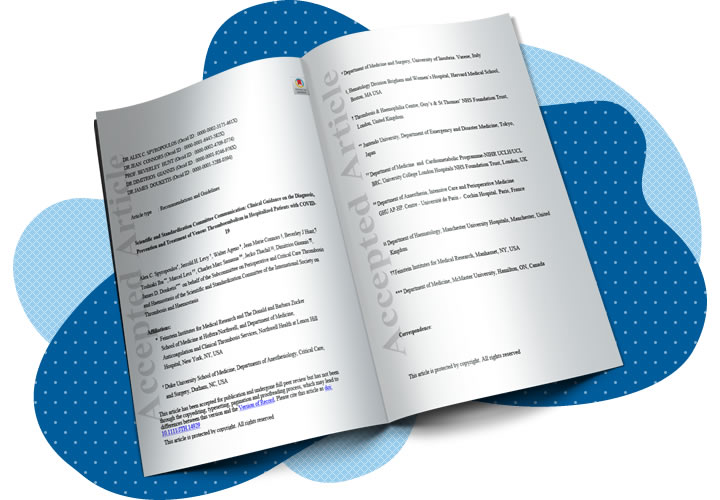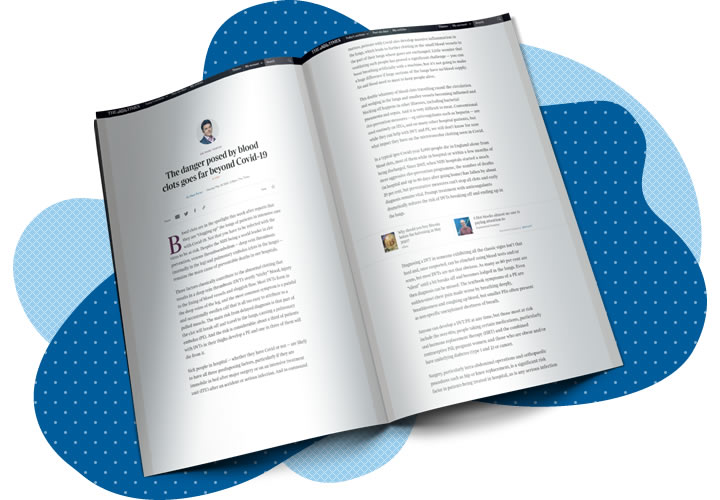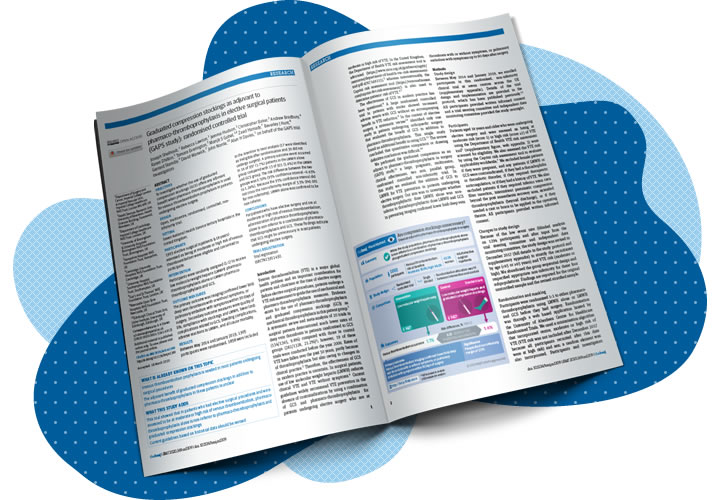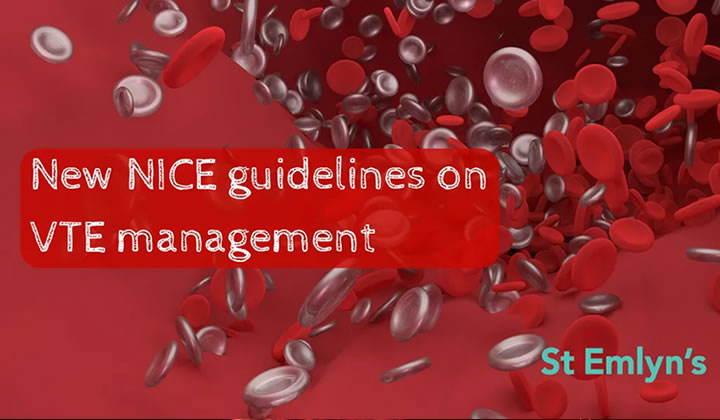
ISTH: Scientific and Standardization Committee Communication: Clinical Guidance on the Diagnosis, Prevention and Treatment of Venous Thromboembolism in Hospitalized Patients with COVID-19


ISTH: Scientific and Standardization Committee Communication: Clinical Guidance on the Diagnosis, Prevention and Treatment of Venous Thromboembolism in Hospitalized Patients with COVID-19

When you talk to intensive care doctors across the UK, exhausted after weeks of dealing with the ravages of Covid-19, the phrase that emerges time after time is, "We've never seen anything like this before."

Prof Hunt OBE, Medical Director for Thrombosis UK, discusses the high rates of blood clots being seen in patients who are seriously ill with covid-19, and the urgent need for the delayed clinical guidance on thrombosis and critical care for patients with Covid-19, to be published.

Coronavirus has been linked to a higher risk of blood clots in those who become severely ill or require hospitalisation.

Blood clots are in the spotlight this week after reports that they are "clogging up" the lungs of patients in intensive care with Covid-19. Not that you have to be infected with the virus to be at risk. Despite the NHS being a world leader in clot prevention, venous thromboembolism - deep vein thrombosis (normally in the leg) and pulmonary embolus (clots in the lungs)remains the main cause of preventable deaths in our hospitals

Compression stockings might be unnecessary to prevent blood clots in most patients undergoing non-emergency (elective) surgery, finds a clinical trial published by The BMJ today.

BBC Radio 4: The Today Programme - Saturday 2nd May 2020
Discussion starts at 45minutes from start of programme

In the midst of everything that is going on with COVID-19 it is easy to
see how important non coronavirus stuff can get overlooked

Of COVID-19's hallmark symptoms, clotting may not rank high in the national consciousness. But it has made quite an impression in-hospital.